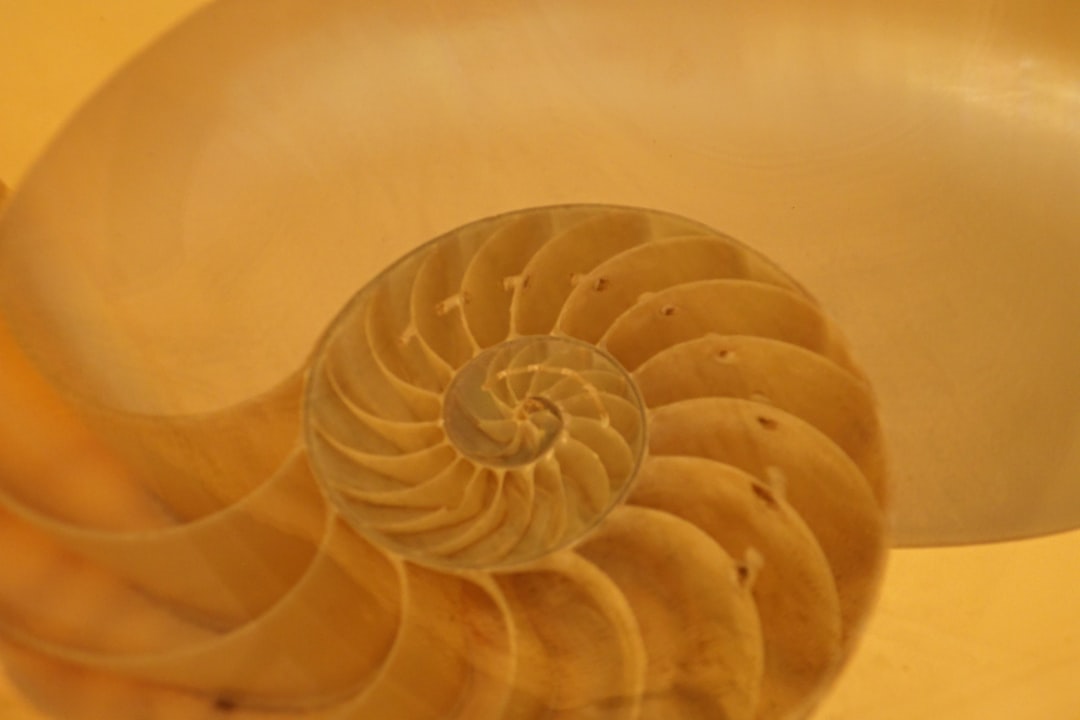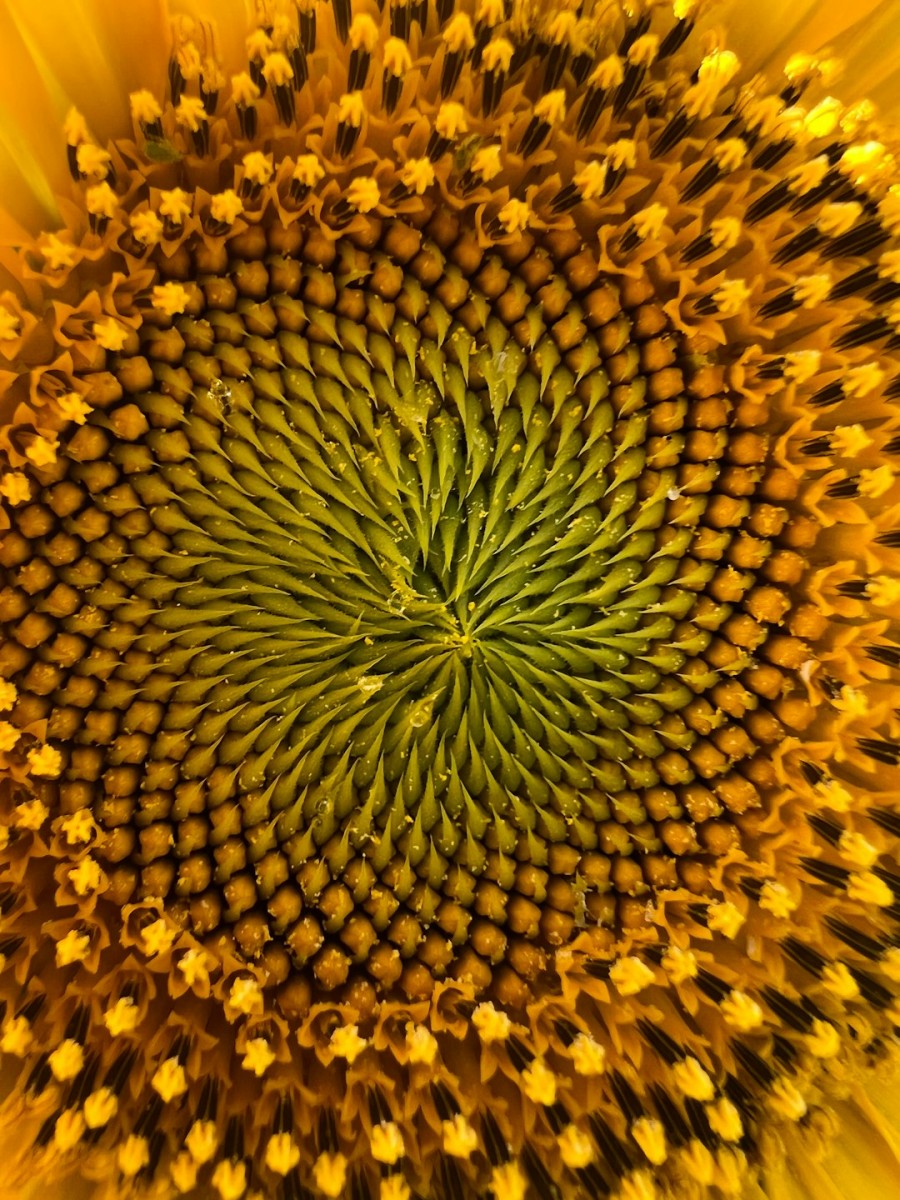The Golden Ratio: How to Understand and Apply It in Real Life
There exists a number so elegant and mysterious that it has fascinated mathematicians, artists, architects, and scientists for centuries. This number is known as the Golden Ratio, typically represented by the Greek letter φ (phi). Its approximate value is 1.618, but its applications and implications are infinite. From ancient architectural wonders to modern graphic design, the Golden Ratio plays a significant role in both man-made and natural aesthetics.
What Is the Golden Ratio?
The Golden Ratio is an irrational number that emerges when a line is divided into two parts such that the whole length divided by the longer part is equal to the longer part divided by the shorter part. Mathematically, if a and b are two quantities where a > b, they are in the Golden Ratio if:
(a + b) / a = a / b = φ (phi)
It equals approximately 1.61803398875 and continues indefinitely without repeating, much like the number Pi (π). What makes the Golden Ratio unique is not just its value, but its seemingly natural occurrence in numerous aspects of life.
The Golden Ratio in Nature
One of the most fascinating features of the Golden Ratio is its presence in the natural world. Many flowers have petals that occur in numbers found in the Fibonacci sequence (which relates closely to the Golden Ratio) such as 3, 5, 8, 13, etc. The spiral patterns of sunflower heads, pinecones, and even galaxies often follow the structure of Golden Spirals, which are derived using φ.

- Flower Petals: Many plants grow leaves in spirals around their stems in angles approximating 137.5°, known as the Golden Angle.
- Shells and Galaxies: Nautilus shells and some galaxy formations resemble the shape of a logarithmic spiral that corresponds with φ.
- Faces and Bodies: Human faces and body proportions often align with Golden Ratio measurements, influencing perceptions of beauty.
Historical and Artistic Significance
The Golden Ratio has intrigued artists and architects since antiquity. It appears in the proportions of the Parthenon in Athens and was used intentionally by Renaissance artists such as Leonardo da Vinci. Some believe his iconic painting, the Vitruvian Man, was drawn to reflect φ in human proportions.

Many compositions in classical art beautifully balance space and elements by adhering to Golden Ratio grids. This method is still used in modern photography, where the Golden Spiral is applied as a compositional guide.
The Golden Ratio in Design and Architecture
In the realm of architecture and design, the Golden Ratio adds a visually pleasing balance that’s both harmonious and structurally sound. Famous buildings like the Taj Mahal and even corporate logos such as those of Apple or Twitter use the Golden Ratio in their geometry.
- Architecture: Architects use φ to determine pleasing spatial proportions. The ratio can dictate everything from the floor plan to window placement.
- Graphic Design: Designers build layouts and logos using grids based on the Golden Ratio to enhance visual appeal and focus.
- UI/UX Design: In digital interfaces, φ can guide text alignment, image size, and page element distribution for better user experiences.
Using the Golden Ratio doesn’t just add beauty; it adds function. It naturally draws the eye, guiding viewers effortlessly through the design.
Mathematical Relationship with the Fibonacci Sequence
The Fibonacci sequence is a series of numbers where each number is the sum of the two preceding ones: 0, 1, 1, 2, 3, 5, 8, 13, and so on. As the sequence progresses, the ratio between consecutive numbers approximates the Golden Ratio. This relationship strengthens the mathematical foundation of φ and shows how it organically emerges from simple rules.
This sequence not only links to φ but also appears in nature, finance, art, and music. Understanding this mathematical synergy can help individuals better grasp the profound interconnectedness in seemingly unrelated fields.
How to Apply the Golden Ratio in Real Life
While the Golden Ratio might seem abstract, there are many practical ways to use it in everyday activities:
- Home Decor: When hanging art or arranging furniture, use the 1.618 ratio to position and size elements harmoniously.
- Photography: Apply a Golden Spiral overlay to frame your shots more effectively and lead the viewer’s eye.
- Web Design: Divide your layout’s width by 1.618 to determine content column width and sidebar areas for aesthetically balanced pages.
- Fashion and Styling: Accessories or clothing proportions following φ can be more visually pleasing.
Tools like Google Drawings, Adobe Illustrator, and even smartphone camera apps offer templates and guides based on Golden Ratio grids, making application easy for creative projects.
Criticisms and Controversies
Despite its appeal and cross-disciplinary presence, the Golden Ratio also has its skeptics. Some critics argue that people tend to find φ where they seek it, even in unrelated dimensions. Others believe that its applications are exaggerated or coincidental rather than intentional.
Nevertheless, even if not omnipresent, the Golden Ratio provides a universally admired aesthetic that continues to inspire innovation and creativity.
Conclusion
The Golden Ratio is more than just a number; it’s a key to unlocking patterns in our world. Whether you’re looking through a camera lens or building a house, φ offers a framework that leads to beauty and efficiency. Understanding its principles can elevate both everyday decisions and grand designs, connecting mathematics to the heart of human experience.
Frequently Asked Questions
- Q: Is the Golden Ratio only found in art and architecture?
A: No, it also appears in nature, biology, finance, and even facial symmetry. Its applications span both natural and human-made environments. - Q: How can I use the Golden Ratio in my business logo?
A: Use Golden Ratio grids or circles to proportion logo shapes and spacing. Several design software tools feature built-in Golden Ratio guides. - Q: Is the Fibonacci sequence the same as the Golden Ratio?
A: Not exactly, but they’re related. The Fibonacci sequence approximates the Golden Ratio as the numbers get larger. - Q: Can beginners use the Golden Ratio in photography?
A: Yes! Some camera apps and editing software let you overlay the Golden Spiral or Grid to help with composition. - Q: Are all beautiful things based on the Golden Ratio?
A: Not necessarily. While many beautiful designs and forms relate to φ, beauty is subjective and can stem from various other principles.



